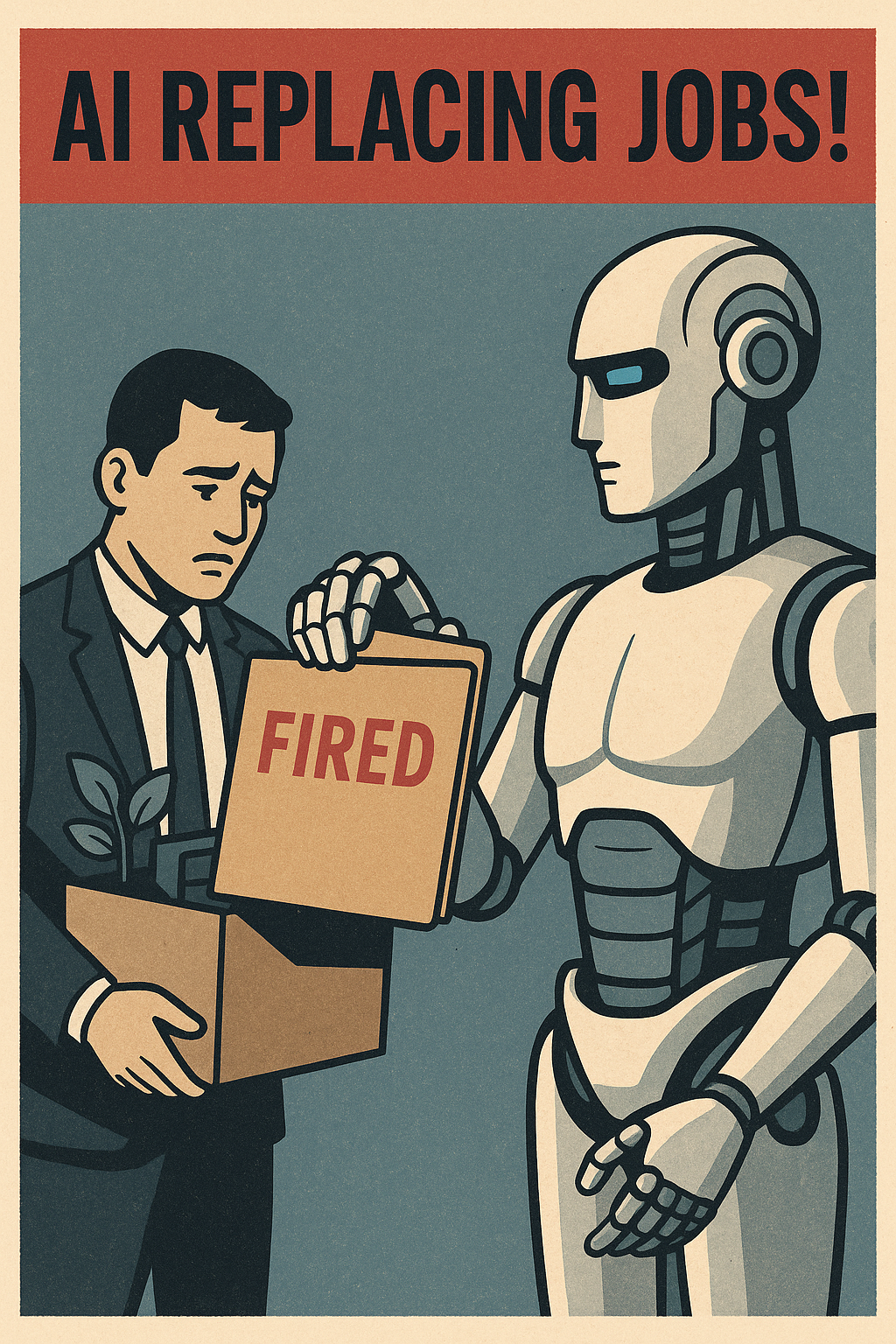AI and the Job Market: Disruption or Correction Before the Next Boom?
The rapid rise of artificial intelligence has sparked heated debates about its impact on employment. Some argue that AI is wiping out jobs, while others suggest we’re witnessing a market correction that could set the stage for the next economic boom. Let’s break down the evidence and trends shaping this narrative.
AI’s Dual Impact: Displacement and Creation
- AI and automation are certainly replacing some roles, especially those involving repetitive or predictable tasks in sectors like manufacturing and administration.
- However, history shows that technological revolutions often create as many jobs as they eliminate—just in different forms. AI is already generating demand for new roles such as data scientists, AI trainers, and machine learning engineers.
- Projections suggest up to 97 million new jobs could be created by 2025, particularly in tech-driven sectors.
Market Correction, Not Collapse
- The current job market turbulence may reflect a transitional phase rather than a permanent decline. Past technological shifts (like the internet boom) saw initial job losses followed by the emergence of entirely new industries and job categories.
- AI’s adoption is not uniform or instant. It is shaped by market needs, societal choices, and regulatory factors, suggesting a gradual transformation rather than a sudden wipeout.
Productivity and Wage Growth
- Recent studies show that sectors with higher exposure to AI have seen employment and wage growth between 2019 and 2023, indicating that AI can boost productivity and create economic value.
- The key is that AI often complements human work, making workers more productive and freeing them to focus on higher-value tasks.
The Skills Shift: Reskilling and Adaptation
- The real challenge is not the total number of jobs, but the shift in required skills. Routine, low-skill jobs are most at risk, while demand is rising for advanced technical skills, critical thinking, and emotional intelligence.
- Reskilling and lifelong learning are becoming essential for workers to thrive in an AI-driven economy.
A New Cycle of Innovation
- If history is a guide, the current disruption could be a prelude to a new cycle of innovation and job creation. As AI enables new products, services, and markets, the overall demand for labor may rebound—potentially stronger than before.
- “Periods of rapid technological progress are often associated with new products, sectors and markets being created that result in new tasks for workers to do. Historically, the growth of new tasks has tended to lag increases in labour productivity, but in the long run this effect has tended to balance out any impact from technological unemployment.”
Conclusion
AI is undoubtedly reshaping the job market, but the evidence suggests we are in a period of correction and adaptation—not irreversible decline. The future of work will depend on how quickly businesses, workers, and policymakers embrace reskilling and foster innovation. Rather than fearing an AI-driven wipeout, we should prepare for the next boom fueled by new opportunities and industries.



Comments
Post a Comment